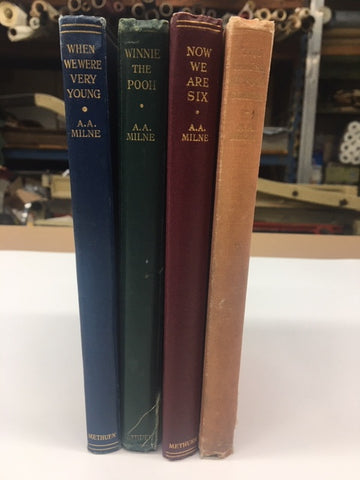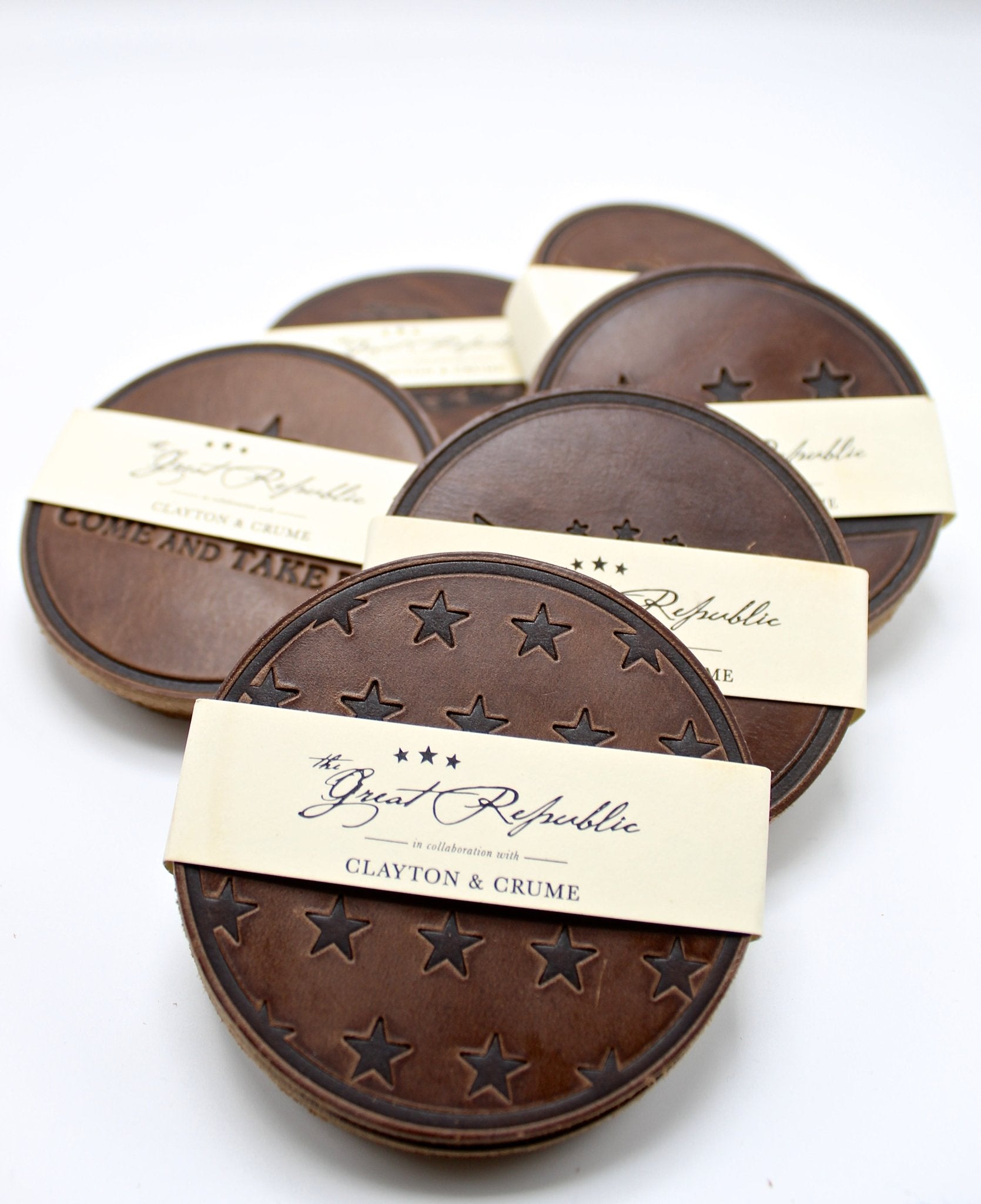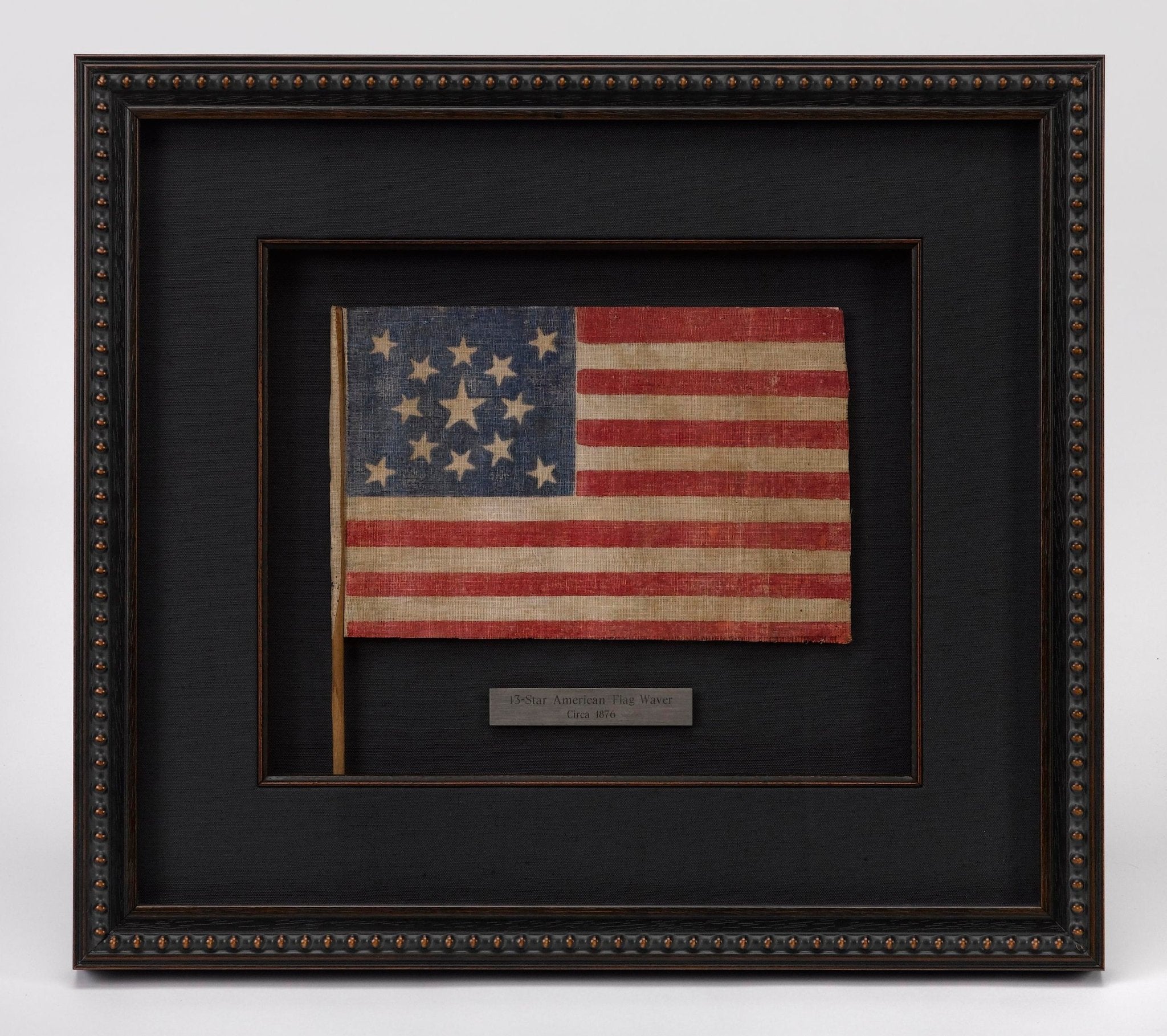The Art of Bookbinding
A Look into Felton Bookbinding Techniques
Before we put our antique books up for sale in our stores or online, we insure that they are of the highest quality and that our collectors will be leaving with pieces of true value. As a part of the preservation of these rare treasures, we partner with one of North America’s leading hand binderies: Felton Bookbinding. This week, read more about the process of bookbinding and see exactly what goes into the beautiful rare books that we offer every day.

Gilt embossed design of Pooh on the Winnie the Pooh book
What is Bookbinding?
Bookbinding is the process of physically assembling a book (in the form of stacked paper sheets) that are bound together along one edge by either sewing with thread through the folds or by a layer of flexible adhesive. For protection, the bound stack is attached to stiff boards and covered with leather or cloth.
Firstly, when we acquire an antique book, the first thing that we look for is the condition of the work. Sometimes, we come across antique wonders in pristine condition, which will often times go out for sale as-is. However, in the world of antiques, more often than not these books may need a little TLC to be ready to go into the homes of collectors. This is where Felton Bookbinding comes in.
Felton Bookbinding, owned by Keith Felton and operated by himself and his masterful team, specializes in antique family heirlooms, prized possessions, and bibles of every shape and size. From paper repairs and stain removal to matching leather boards and tooling, they do it all. They work with the highest quality materials to recreate the original boards of books, to restore damages and loose pages, and to produce books that will be preserved for a lifetime. In book restoration, they try to save as much of the original binding as possible, so that the books that were too fragile to handle could then be returned to the shelf to be admired once more.
For our books, we employ Felton Bookbinding for small repairs to even large and elaborate jobs: it is all dependent on the condition of the book. Felton will work with our books to touch up the spines of a book with faded gilding, to create archival cases for books, and even to fully rebind books all together to preserve the pages to the fullest.
How Does it Work?
To explain the process of bookbinding in greater detail, take this first UK edition of Winnie the Pooh for example. We asked Felton to rebind these precious, rare, first edition books to preserve the original pages, as well as to recreate the original boards. Here is how the process works:

Set of Winnie the Pooh books in their original condition
We started with the original books. Seeing as these first editions are exceedingly hard to come by, we acquired each one from a different dealer or auction to produce a full first edition set. Thus, the condition varied from book to book, and bookbinding was necessary to recreate the cohesiveness of the set as well as to preserve the pages.
Felton Bookbinding obtained the books from us and got to work. Taking the original designs of the front and back boards, they emulated the bright coloring of the cloth with sturdy Morocco leather. This full-leather binding was the perfect solution to faded covers and slightly loose spines.

Original designs on the front boards
Once the pages of the first edition set had been adhered to cover boards and were wrapped with full leather bindings, the next step was to recreate the elaborate designs of the original books. As shown in the image above, the original U.K. edition Winnie the Pooh books included beautiful gilt designs along the edges, spines, and on the front boards. Each book featured a different Pooh design, stamped on with gold.
Decorative Work
Keith Felton and his team are the masters when it comes to gilding work. While full leather bindings are gorgeous on their own, the real artistry work comes about with the decorations that Felton produces on the bound books. Here, we asked them to fully reproduce the design of the original books, and that’s what they did.

Gold being embossed into a design of Pooh on the front board
Shown here, Keith Felton uses a sheet of pure gold on the bound books. The design of Winnie the Pooh is then embossed into the books to produce a lovely one-off design from the original. This process takes skill and precision to produce a centered and clear image.

Designing the spine of "When We Were Young"
Next, the designs are added to the spines and edges of the books. The spines feature raised bands and elaborate gilt tooling to feature the books’ titles.
The books’ edges also get a lovely layer of gold. This process is shown in the photo below.

Book edge getting gilded
One of the most beautiful details that is added to bound books is hand-stamped designs. Here, Keith uses a custom-designed butterfly stamp to hand-emboss gilt motifs in each corner of the books. A small layer of gold is laid out in the desired location, and then a decorative motif is embossed in.

Butterfly motif being hand-embossed on boards
Whether its a fully rebound set, or a touch-up job, the bookbinding world is one of old traditions. Felton Bookbinding does wonderful work at preserving the history of our rare books. They provide unparalleled service and professionalism, and we are glad to entrust them in the preservation of our rare book offerings!






